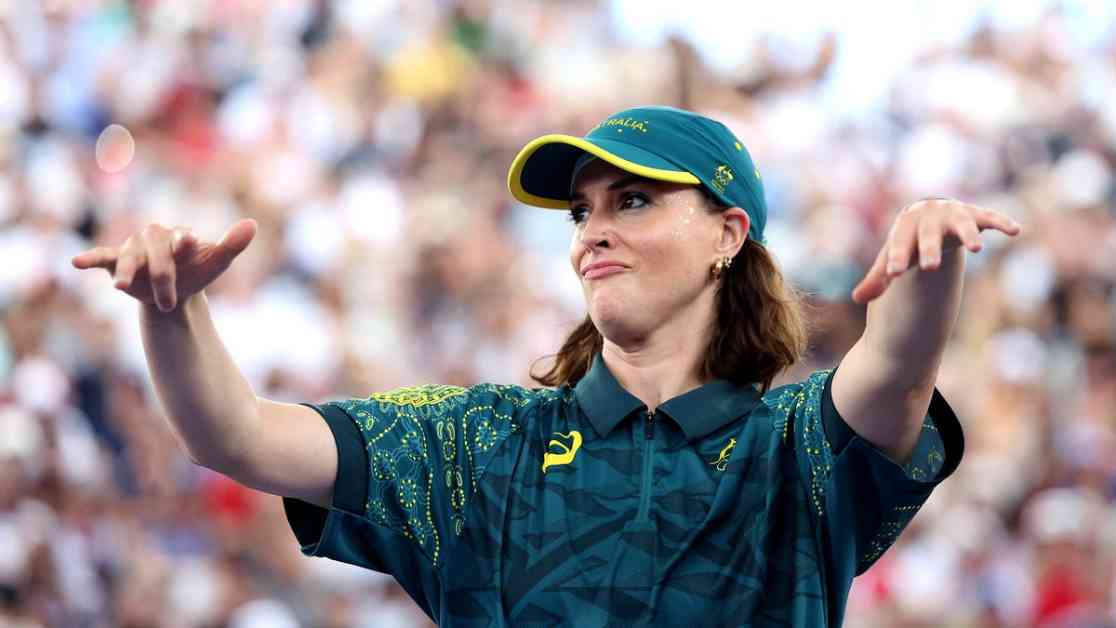The 2024 Summer Olympics made history by including breakdancing as an official competition, adding a touch of diversity and youth appeal to the traditional events. Among the standout performers was 36-year old cultural studies professor Rachael “Raygun” Gunn, whose unexpected and creative performance captured the hearts of viewers. Gunn, who has been practicing breakdancing for 16 years and has competed in various championships, brought a unique style and creativity to the Paris Olympics, representing Australia.
While some have criticized Gunn’s performance, many have acknowledged her efforts and the joy she has brought to audiences worldwide. In a world filled with challenges and negativity, Gunn’s dancing has managed to bring smiles and entertainment to millions, reminiscent of the authentic and unpolished vibes of reality TV shows like So You Think You Can Dance.
The decision to introduce breakdancing to the Olympics was aimed at attracting a wider audience and engaging younger spectators. The online presence of the games has also played a significant role in the success of this year’s event, with audiences being able to stream competitions easily and share viral moments and memes on platforms like TikTok. This dual experience of watching the Olympics on TV and following the online chatter has created a dynamic and engaging environment for fans to interact and enjoy the games.
Gunn’s journey to the Olympics and her unconventional approach to breakdancing have sparked a range of reactions online, showcasing the power of social media in shaping public perception and discourse. Despite the mixed reviews, Gunn’s performance has undoubtedly left a lasting impact on the cultural landscape of the Summer Olympics, adding a new dimension of creativity and expression to the traditional sporting event. As the games continue to unfold, it will be interesting to see how breakdancing evolves as a competitive sport and the influence it has on future Olympic events.

